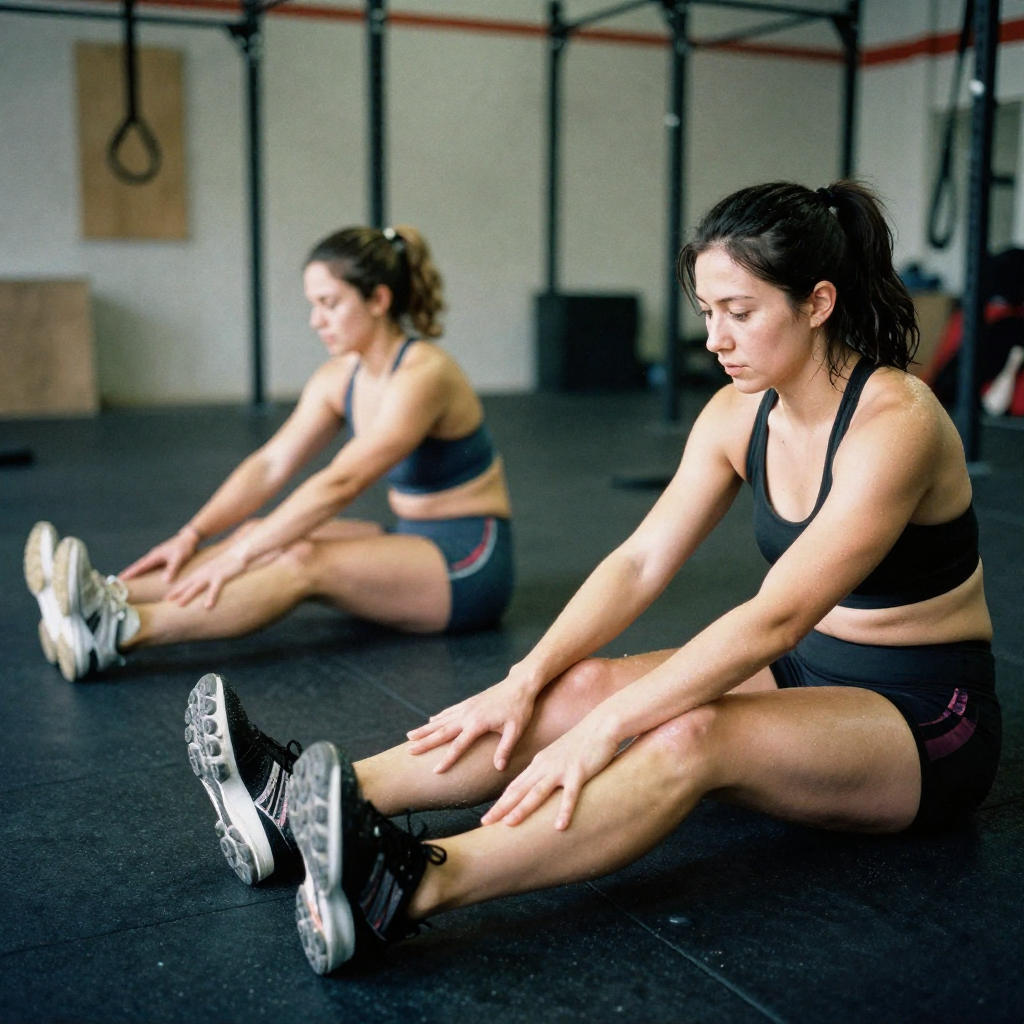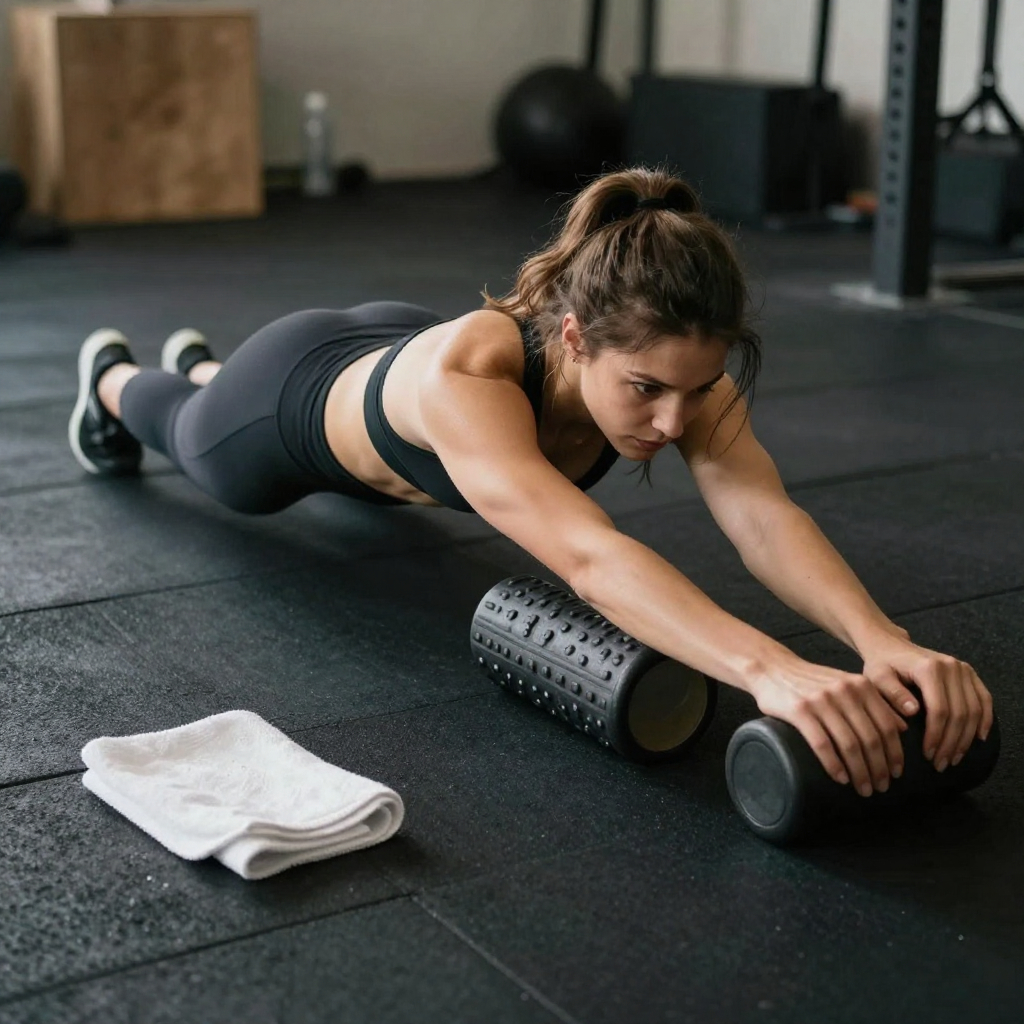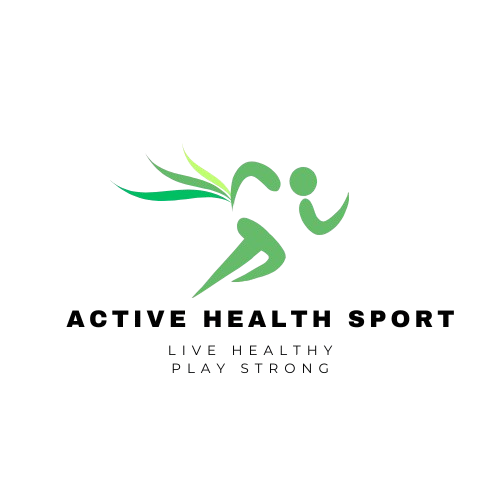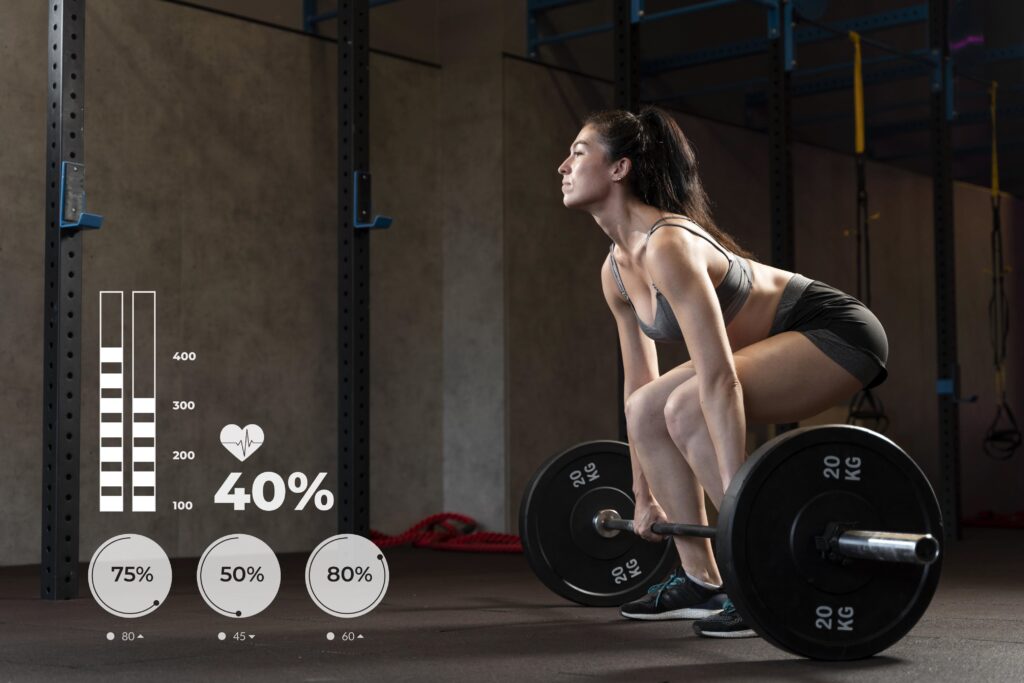You can deadlift 300 pounds, but can you lift your child without back pain?
You can squat twice your bodyweight, but can you climb stairs or carry groceries with ease?
These questions reveal a deeper truth: functional strength isn’t just what you can lift, it’s how well your body performs in real life.
In the world of fitness, many chase numbers, heavier weights, faster times, and bigger lifts. But real-life strength isn’t about performance in the gym. It’s about how you move, adapt, and function when life demands it.
In this blog, we’ll explore why functional, real-world strength matters more than your gym metrics, and how to train for a body that performs better in every aspect of life.
The Illusion of Gym Strength
Modern fitness culture often glorifies the numbers: how much you can lift, how fast you can run, or how many calories your smartwatch says you’ve burned. Strength is too often defined by quantifiable output, not by how your body actually performs when life demands it.
The truth is, gym strength can be deceiving.
A person may look powerful inside a controlled environment, perfectly lit, with flat floors, balanced weights, but that strength doesn’t always translate when you step outside those walls.
Consider these scenarios:
- You can bench 225 lbs, but after two hours at your desk, your shoulders round forward and your neck aches.
- You can deadlift twice your weight, but picking up your child off the floor sends a sharp pull through your lower back.
- You can run 10 kilometers without rest, but climbing stairs leaves your knees sore and your ankles unstable.
These examples highlight a painful truth: the body can be strong in isolation but weak in integration.
Also Read the Latest: Real-Life Strength: What is the Power Beyond Gym Numbers?
The Controlled Environment Fallacy
In the gym, everything is predictable: straight bars, balanced weights, padded benches, and stable flooring. But life is never that symmetrical. You carry uneven grocery bags, twist to reach into the back seat, or lift an awkward suitcase overhead.
When your training doesn’t mimic these unpredictable situations, your body becomes over-specialized, strong in narrow patterns, fragile outside them.
A 2024 study published in the Journal of Human Movement Science revealed that 60% of recreational gym-goers failed functional movement assessments despite demonstrating impressive maximal lifts. Their joints lacked stability under dynamic stress, and their movement efficiency scores were below average.
What this means is simple: you can be fit, but not functional.
The Energy Misalignment
Traditional gym routines often emphasize external performance, “How much can I lift?”, rather than internal efficiency, “How well can I move?”
In real-life situations, strength should feel light, not forced. When functional movement is missing, everyday tasks become draining. The reason? Your energy isn’t being distributed through your kinetic chain (the coordinated link between muscles and joints). Instead, certain muscles overwork while others disengage.
That’s why many gym-goers, despite hours of training, complain of fatigue, stiffness, or nagging pain. Their bodies have developed strength without synergy, like an orchestra where only the drums are playing at full volume.
Why This Matters
The illusion of gym strength isn’t just a philosophical concern, it’s a health issue. Poor movement quality increases the risk of:
- Overuse injuries (elbows, knees, shoulders)
- Postural imbalance (especially in desk workers)
- Early fatigue during non-gym activities
- Reduced athletic performance outside training environments
Functional fitness bridges that gap. It teaches your body to work as an integrated unit, ensuring that every rep in the gym carries over to something meaningful outside it, better posture, easier motion, and longer-lasting strength.
What Is Real-Life Strength?
Real-life strength (also called functional strength) means your muscles, joints, and nervous system work together to move efficiently in unpredictable, everyday scenarios.
It’s what allows you to:
- Lift a suitcase into an overhead bin safely.
- Carry groceries upstairs without strain.
- Maintain posture after hours of sitting.
- React quickly during sports or daily tasks.
Unlike gym strength, which focuses on isolated muscles, functional strength builds resilience, coordination, and control across multiple planes of movement.
Functional vs. Traditional Strength
| Aspect | Traditional Strength | Functional (Real-Life) Strength |
| Focus | Isolated muscles | Integrated movement patterns |
| Equipment | Machines & barbells | Bodyweight, free weights, stability tools |
| Goal | Max load or size | Efficient, adaptable movement |
| Benefits | Muscle growth, power | Balance, endurance, injury resistance |
| Limitations | Less transferable to daily tasks | Applies directly to real-life demands |
The Reality Behind Functional Strength
Functional strength emphasizes neuromuscular coordination, the communication between your brain and muscles.
Each movement involves:
- Stability: Controlling your body under load.
- Mobility: Moving joints through a full range.
- Power transfer: Generating force across multiple muscle groups.
When trained together, your body moves as one unit, just like it does outside the gym.
Research from the American College of Sports Medicine (ACSM, 2025) found that individuals training with functional patterns improved daily movement efficiency by 43% and reduced joint pain by 37%, compared to traditional lifters.
How Real-Life Strength Improves Everyday Life
1. Lifting and Carrying
Think: moving furniture, carrying kids, lifting groceries.
Functional training mimics these movements through deadlifts, carries, and squats that reinforce core stability and hip hinge strength.
2. Balance and Coordination
Life doesn’t happen in perfect symmetry, neither should your training.
Exercises like single-leg deadlifts or step-ups build unilateral balance, helping prevent falls and improve control in daily motion.
3. Joint Health and Longevity
Heavy, repetitive gym routines can strain joints. Functional strength training builds stabilizers that protect joints, improving longevity.
4. Injury Prevention
Functional training integrates dynamic movement, flexibility, and core engagement, reducing the risk of strains and overuse injuries.
5. Performance in Sports
From weekend football to cycling or tennis, functional strength improves reaction time, balance, and agility, translating directly into better sports performance.
Real-Life Examples of Functional Fitness Transformations
Case 1: Dori James – The Parent Athlete Who Regained Energy and Strength
Dori, a 38-year-old working mom of two, juggled a demanding full-time job and childcare responsibilities. Despite hitting the gym regularly, she found herself constantly fatigued and dealing with persistent back pain, especially after carrying her toddler for long hours.
After consulting fitness experts at Harvard Health Publishing, she learned that her machine-based workouts weren’t addressing real-life strength demands. Dori transitioned to short, 30-minute functional routines focused on squats, farmer carries, planks, and core stability drills.
Within eight weeks, Dori noticed dramatic changes: improved posture, reduced lower back pain, and renewed energy throughout her day. She no longer needed recovery naps after work, and even started joining her kids for outdoor play without feeling drained.
Lesson: Strength built for everyday life delivers more freedom and vitality than hours of isolated gym work.
Also Read the Latest: Hot Yoga Is Back: Why 2025 Marks Its Wellness Revival
Case 2: Omar – The Office Worker Who Fixed Posture and Pain
Omar, a 32-year-old software engineer, spent nearly 10 hours a day seated at his desk. Though he worked out regularly, he suffered from tight hips, rounded shoulders, and recurring neck pain. His “gym strength” didn’t translate into comfort or real-world mobility.
After following the Mayo Clinic’s recommendations for movement variety, Omar incorporated hip openers, thoracic rotations, and loaded carries into his weekly routine. He also swapped some sitting time for standing breaks and short walks.
Six weeks later, his posture noticeably improved, and his chronic shoulder tension was gone. Omar reported sleeping better, feeling taller, and moving with more ease both in and outside the office.
Lesson: It’s not just how much you train, but how you move during the rest of your day, that determines long-term mobility and comfort.
Case 3: Emily – The Entrepreneur Who Transformed Her Routine
Emily, 41, runs her own marketing agency and often works late hours. She described herself as “constantly tired” and “too busy for workouts.” But after her annual health check showed early signs of joint stiffness, she knew it was time to change.
Inspired by insights from the National Institute on Aging, Emily started with 15-minute morning mobility sessions: dynamic stretches, resistance band work, and short walks during breaks. Over 10 weeks, she regained flexibility, boosted her daily focus, and felt mentally sharper at work.
Her transformation wasn’t about extreme exercise, it was about consistency and movement variety. “I realized fitness isn’t about how I look, it’s about how I live,” Emily shared.
Lesson: Small, intentional movements done regularly can outwork inconsistent high-intensity training, especially for busy professionals.
Share Your Transformation Story
At Active Health Sport, we believe every person’s story can inspire someone else’s journey. If you’ve experienced a personal transformation, whether big or small, through functional fitness, hydration, or balanced recovery, we’d love to hear from you.
👉 Share your story with our team at Active Health Sport, and you could be featured in an upcoming community spotlight article. Your experience could motivate another parent, professional, or athlete to take their first step toward real-world strength.
Training Principles for Real-Life Strength
1. Train Movements, Not Muscles
Focus on primal movement patterns: push, pull, squat, hinge, lunge, rotate, and carry.
These build multi-directional strength and mimic real-life mechanics.
2. Include Unstable Environments
Add balance challenges: kettlebells, resistance bands, sandbags, or stability balls.
They engage smaller stabilizers and enhance neuromuscular control.
3. Use Compound Exercises
Prioritize movements like:
- Deadlifts
- Push-ups
- Lunges
- Pull-ups
- Carries (Farmer’s, Suitcase, Overhead)
These train multiple muscle groups together, creating strength synergy.
4. Work on Mobility and Flexibility
Mobility drills ensure your strength translates to full, fluid motion, essential for pain-free movement.
5. Recover Functionally
Active recovery (walking, swimming, mobility flow) keeps movement patterns sharp between workouts.
Also Read the Latest: How Antioxidant-Rich Fruits Boost Athletic Longevity
A Functional Strength Routine Example
| Day | Focus | Key Exercises |
| Monday | Lower Body & Core | Squats, Romanian Deadlifts, Carries |
| Wednesday | Upper Body Integration | Push-ups, Pull-ups, Rows, Presses |
| Friday | Mobility + Power | Lunges, Rotations, Medicine Ball Slams |
| Saturday | Active Recovery | Walking, Yoga, or Mobility Flow |
Research Snapshot
| Source | Year | Key Finding |
| Journal of Strength & Conditioning Research | 2024 | Functional training improved balance by 40% and reduced low-back pain cases by 50%. |
| ACSM Journal | 2025 | Movement-based training enhanced real-life performance more effectively than isolated lifting. |
| Harvard Health Publishing | 2024 | Functional strength correlated with higher long-term healthspan and mobility. |
Final Insights
In the long run, the barbell doesn’t matter, your body does.
Functional, real-life strength is about moving well, aging better, and thriving in everyday demands.
When you train for life, not just the gym, your body becomes adaptable, resilient, and ready for anything
FAQs
Is functional strength training only for athletes?
Not at all. Functional strength training benefits everyone, from parents and office workers to seniors. It focuses on improving daily movements, balance, coordination, and mobility, helping you move efficiently and prevent injuries in everyday tasks.
Do I need special equipment for functional strength training?
No. You don’t need expensive gym machines. Bodyweight movements, dumbbells, kettlebells, or resistance bands are enough to build real-world strength. The key is performing natural, multi-joint exercises that mimic everyday actions.
Can I combine functional and traditional training?
Yes, combining both creates a balanced approach. Functional exercises improve movement quality and stability, while traditional lifts build raw strength and muscle mass. Together, they enhance performance, posture, and injury resistance.
How often should I train functionally each week?
Training functionally 2-3 times per week is ideal for most people. This frequency helps improve coordination, flexibility, and endurance without overtraining. It fits well alongside other workouts or sports routines.
How does functional strength improve performance in sports and daily life?
Functional strength enhances real-life performance by training muscles to work together, not in isolation. It improves speed, stability, and reaction time, helping athletes perform better and making everyday tasks, like lifting or bending, easier and safer.
You might also like the recent posts!!!
- Active Recovery for CrossFitters: Walking & Mobility Explained
 CrossFit pushes athletes to their physical limits, lifting heavy, sprinting, jumping, and performing high-intensity functional movements. While the intensity delivers impressive gains, it also places tremendous stress on muscles, joints, and the nervous system. Without… Read more: Active Recovery for CrossFitters: Walking & Mobility Explained
CrossFit pushes athletes to their physical limits, lifting heavy, sprinting, jumping, and performing high-intensity functional movements. While the intensity delivers impressive gains, it also places tremendous stress on muscles, joints, and the nervous system. Without… Read more: Active Recovery for CrossFitters: Walking & Mobility Explained - How Walking and Stretching Boost CrossFit Recovery (Duo)
 CrossFit recovery, athletes often chase intensity, heavy lifts, quick transitions, and heart-racing WODs (Workouts of the Day). Yet, the key to consistent progress isn’t just in the effort you put inside the box, it’s what… Read more: How Walking and Stretching Boost CrossFit Recovery (Duo)
CrossFit recovery, athletes often chase intensity, heavy lifts, quick transitions, and heart-racing WODs (Workouts of the Day). Yet, the key to consistent progress isn’t just in the effort you put inside the box, it’s what… Read more: How Walking and Stretching Boost CrossFit Recovery (Duo) - How Nutrition Impacts Sleep: Foods That Help (and Hurt) Your Night’s Rest
 You Are What – and When – You Eat We often think of sleep as a nighttime habit, but the truth is that good sleep begins with what you eat during the day. Nutrition doesn’t… Read more: How Nutrition Impacts Sleep: Foods That Help (and Hurt) Your Night’s Rest
You Are What – and When – You Eat We often think of sleep as a nighttime habit, but the truth is that good sleep begins with what you eat during the day. Nutrition doesn’t… Read more: How Nutrition Impacts Sleep: Foods That Help (and Hurt) Your Night’s Rest

Kait Amazra is the founder and lead writer of Active Health Sport. With over 25 years of experience in health, fitness, and wellness education, Kait combines professional expertise with a passion for helping people live stronger, healthier, and more balanced lives.
As a licensed health and fitness professional, Kait has worked alongside industry experts to deliver evidence-based insights on physical activity, nutrition, recovery, and holistic well-being. Through Active Health Sport, Kait’s mission is to make trusted, practical, and science-backed health information accessible to everyone, from beginners building new habits to athletes seeking peak performance.

